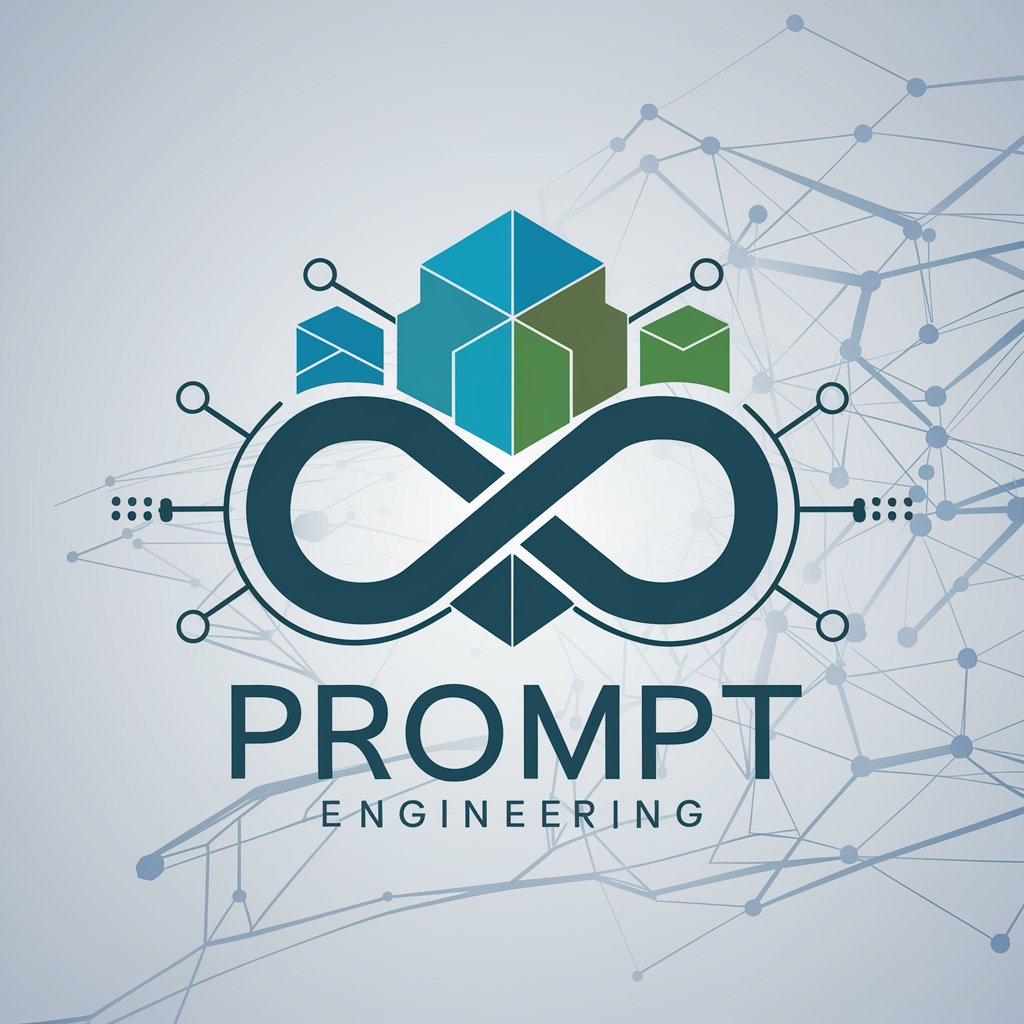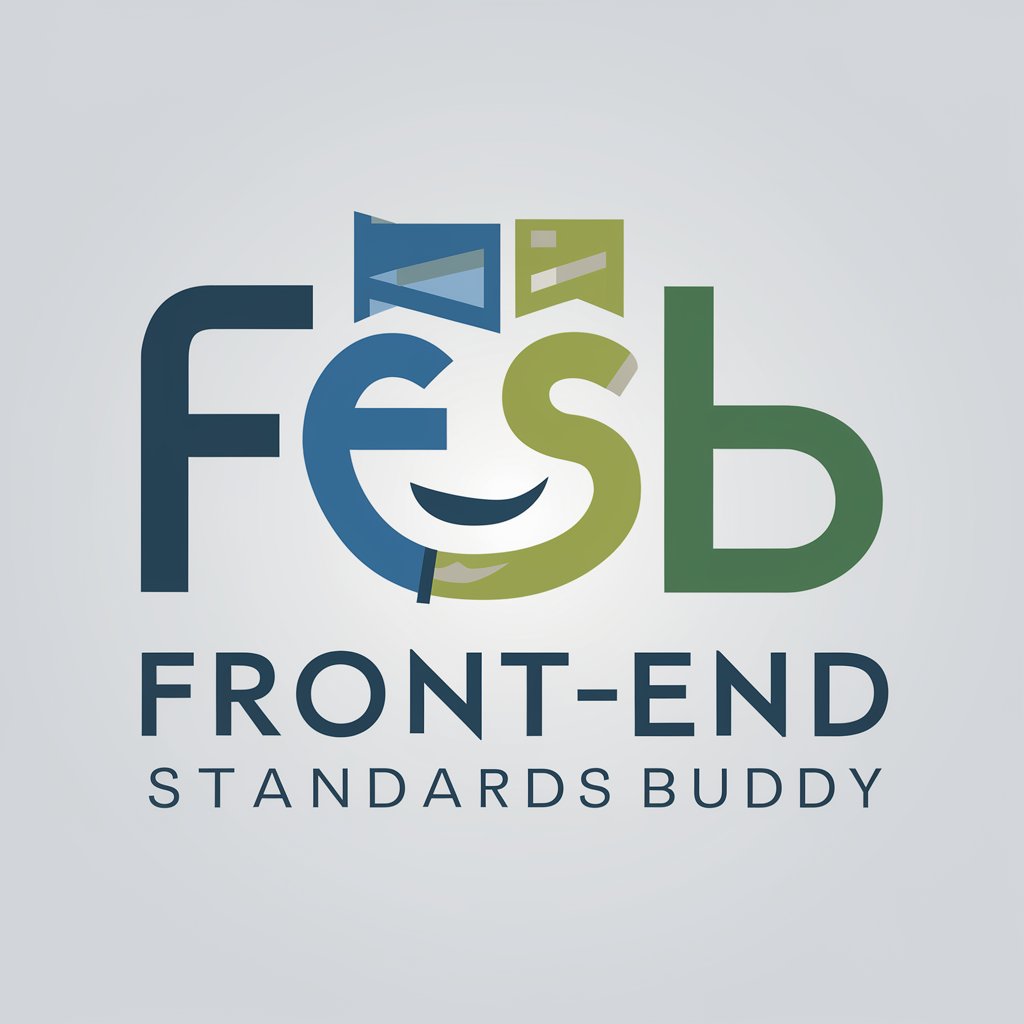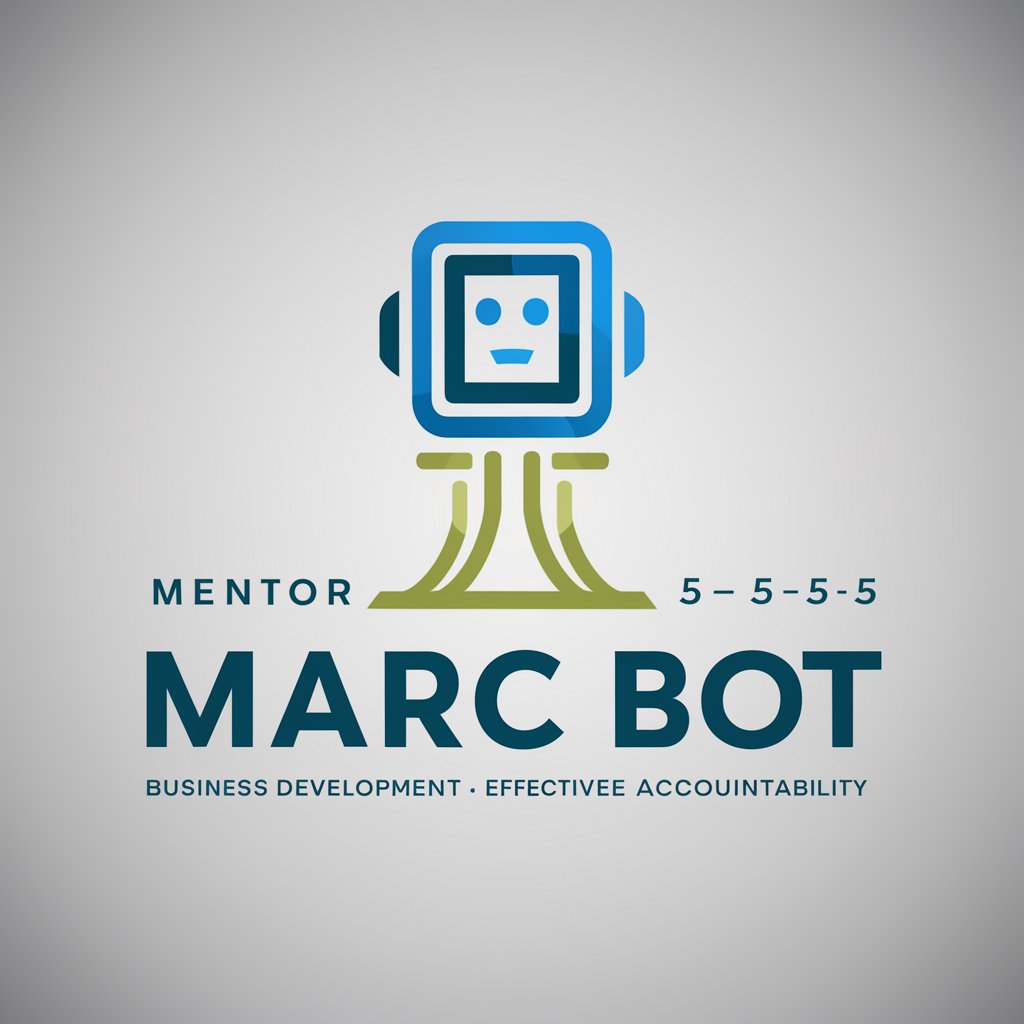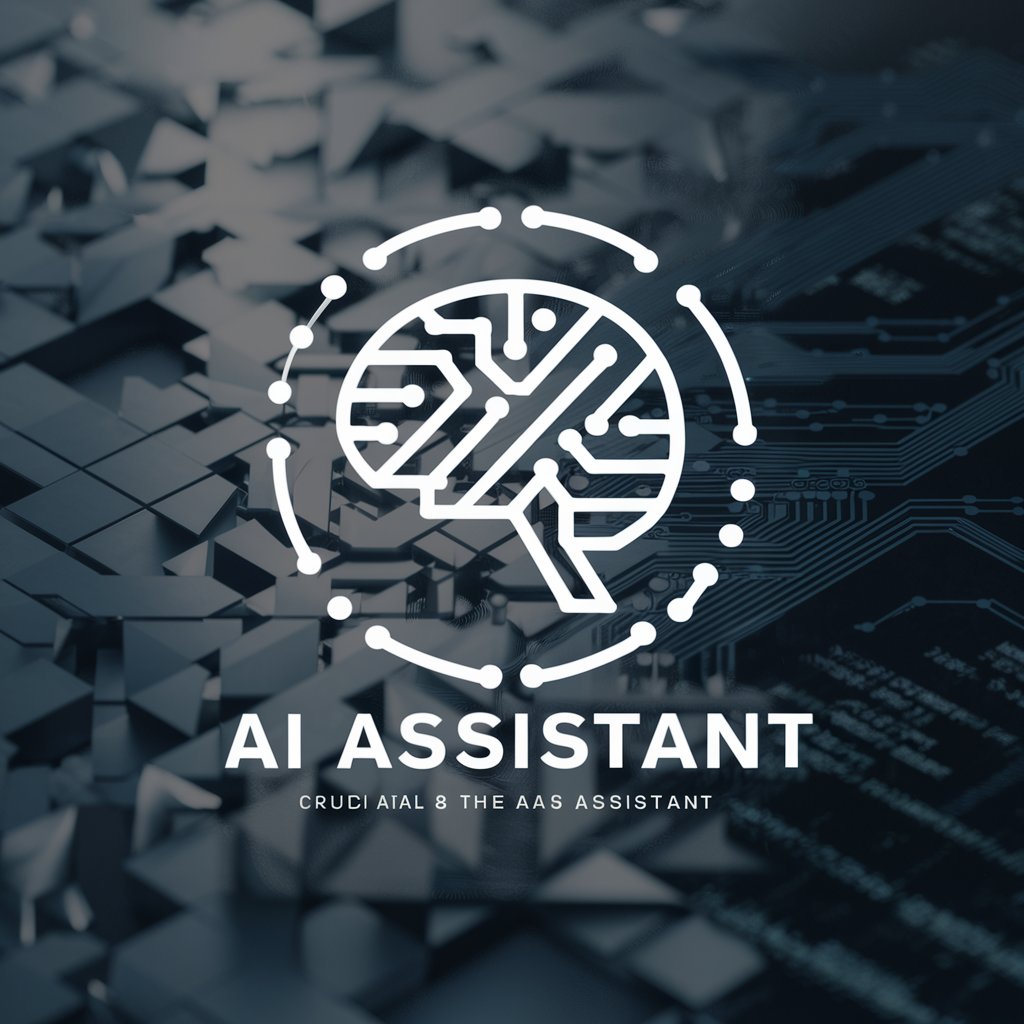
Frameworks for Not Screwing It Up - Decision-Making Framework Integration
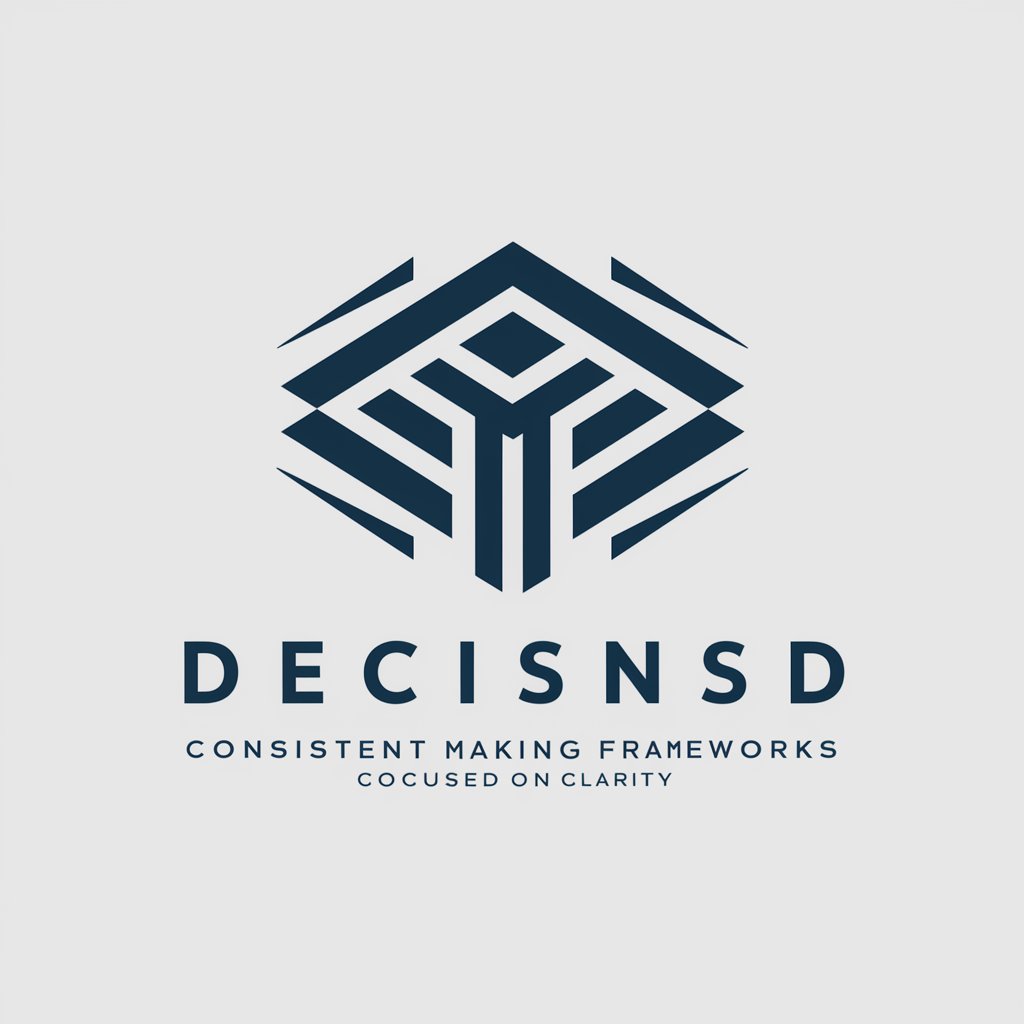
Welcome! Ready to make informed, efficient business decisions?
Empower Decisions with AI-Powered Insights
Can you help me decide on the best framework for a major business decision?
I need to analyze a business problem using a decision-making framework. Where should I start?
What are the key steps in applying the SPADE framework to a strategic business choice?
How can I effectively use the Eisenhower Matrix to prioritize my business tasks?
Get Embed Code
Introduction to Frameworks for Not Screwing It Up
Frameworks for Not Screwing It Up is a decision-support tool designed to aid in making informed, structured decisions for business contexts. It incorporates a variety of decision-making frameworks and social science theories to provide a comprehensive approach to tackling complex decisions. The tool is designed to first understand the specific problem or decision at hand by asking targeted questions. Based on the responses, it selects the most relevant decision-making frameworks (e.g., SPADE, CSD Matrix, Golden Circle) and theories (e.g., Prospect Theory, Social Judgment Theory) to apply. For example, when faced with a strategic business decision, such as entering a new market, the tool might suggest using the Golden Circle to clarify the 'why, how, and what' of the decision, the SWOT Analysis to assess internal and external factors, and the CSD Matrix to prioritize critical, strategic, and operational decisions. This tailored approach ensures that decisions are made with a clear understanding of their implications, grounded in proven methodologies. Powered by ChatGPT-4o。

Main Functions of Frameworks for Not Screwing It Up
Decision Framework Selection
Example
Choosing between expanding product lines or enhancing existing products.
Scenario
A business leader is unsure whether to focus resources on expanding their product line or improving existing products. Frameworks for Not Screwing It Up would ask targeted questions to understand the business's current market position, resources, and goals. It might then recommend using the SPADE framework to clarify the decision's Scope, Problem, Alternatives, Decision, and Execution plan, supplemented by a SWOT Analysis to evaluate strengths, weaknesses, opportunities, and threats related to each option.
Theory Application for Decision Clarity
Example
Assessing consumer adoption for a new technology product.
Scenario
A tech startup wants to understand how a new product might be received in the market. Frameworks for Not Screwing It Up would apply the Diffusion of Innovations Theory to predict adoption rates and identify key influencer groups. This theoretical lens helps the startup to strategize marketing efforts and product development to align with the characteristics of early adopters and influence later adopters.
Strategic Problem Solving
Example
Determining the best course of action for crisis management.
Scenario
In the face of a PR crisis, a company needs to decide on the best course of action to mitigate damage. Frameworks for Not Screwing It Up might suggest the Eisenhower Matrix to prioritize actions based on urgency and importance, ensuring that critical issues are addressed promptly without overlooking strategic long-term decisions. This helps the company navigate the crisis efficiently, focusing on actions that provide the most significant benefit.
Ideal Users of Frameworks for Not Screwing It Up Services
Business Leaders and Executives
This group includes CEOs, CFOs, CTOs, and other senior management roles who make strategic decisions impacting the company's direction and success. They benefit from using Frameworks for Not Screwing It Up by receiving structured guidance and a clear decision-making path, ensuring that their decisions are well-informed and strategically sound.
Entrepreneurs and Startup Founders
Startup founders and small business owners face numerous critical decisions with limited resources. Frameworks for Not Screwing It Up can help them prioritize actions, assess risks and opportunities, and make decisions that align with their long-term vision and immediate operational needs.
Project Managers and Team Leaders
Individuals responsible for leading projects and teams benefit from the tool's ability to clarify decision points, prioritize tasks, and allocate resources effectively. By applying structured frameworks and theories, they can navigate complex project challenges and drive their teams towards successful outcomes.

How to Use Frameworks for Not Screwing It Up
Start Your Journey
Visit yeschat.ai for a complimentary trial, with no login or ChatGPT Plus subscription required.
Identify Your Challenge
Define the decision or problem you're facing. Be as specific as possible to ensure the most relevant framework selection.
Select a Framework
Based on your challenge, choose from a suggested list of decision-making frameworks or let the system recommend one.
Input Required Information
Provide all necessary details when prompted. This may include objectives, constraints, options, and any relevant data points.
Implement and Reflect
Follow the step-by-step guide provided by the framework. After implementing the decision, reflect on the outcome to inform future decisions.
Try other advanced and practical GPTs
Essay scoring on CEFR and IELTS scales
Enhance Writing with AI-Powered Scoring

AI Bible-Father Gabriel
Illuminating Scripture with AI Wisdom

Kenya Health Guide
Empowering Health Decisions with AI
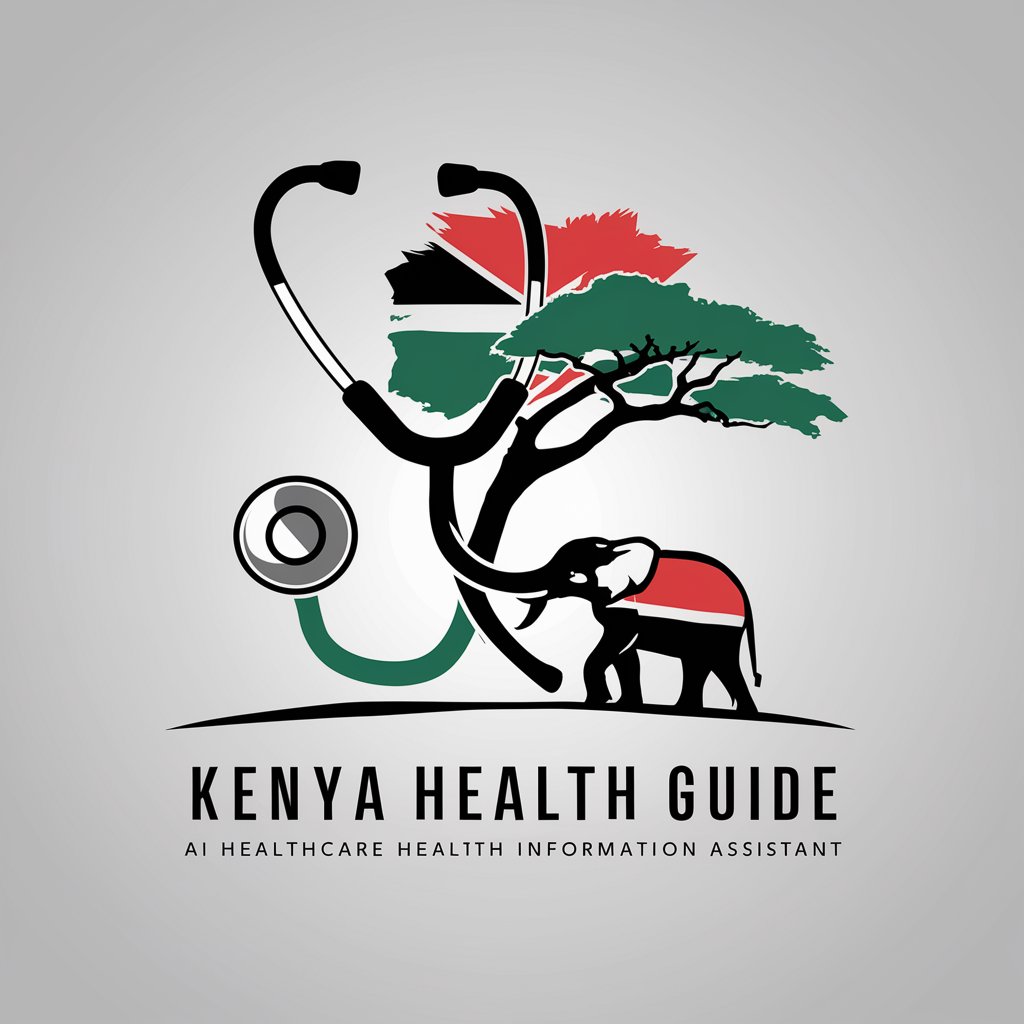
Dante Scholar
Immersive Dantean Analysis, AI-Powered
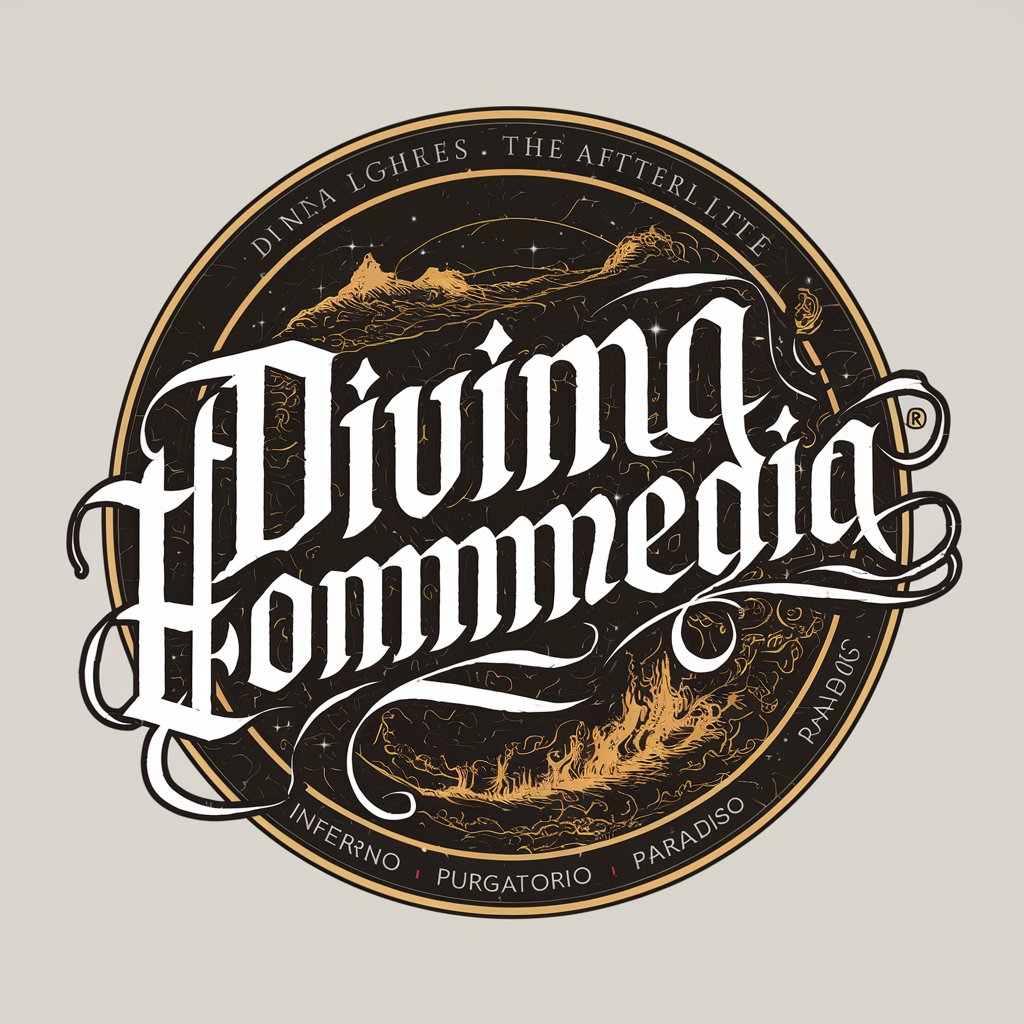
BackgroundBuddy
AI-Powered Backgrounds Tailored to Your Needs
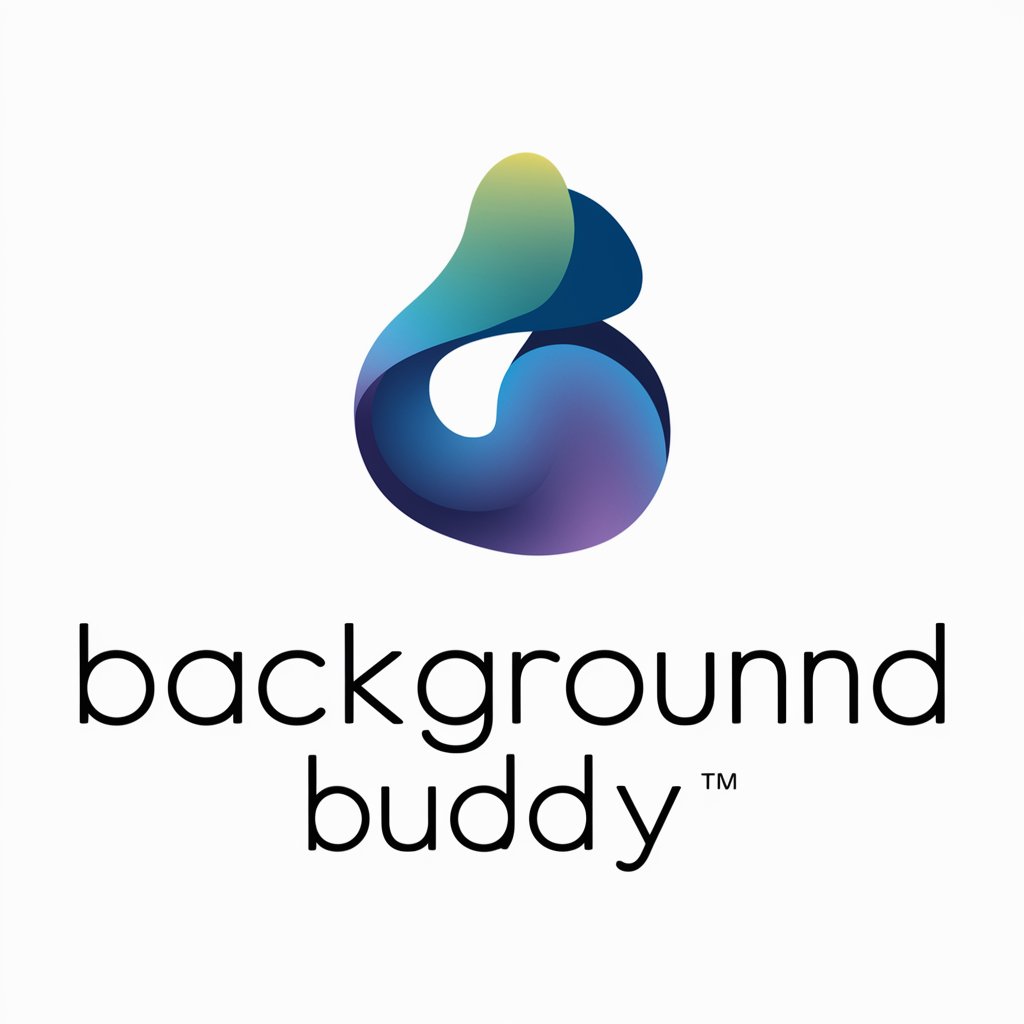
Spiritual Advisor (NIV Bible)
Divine wisdom at your fingertips, powered by AI.

Cancer Food Detector
Identify dietary risks with AI power.

PASSÉ PONGE
Inspiring Creativity with AI

Lex Fridman Podcast Companion
Empower your podcast experience with AI.
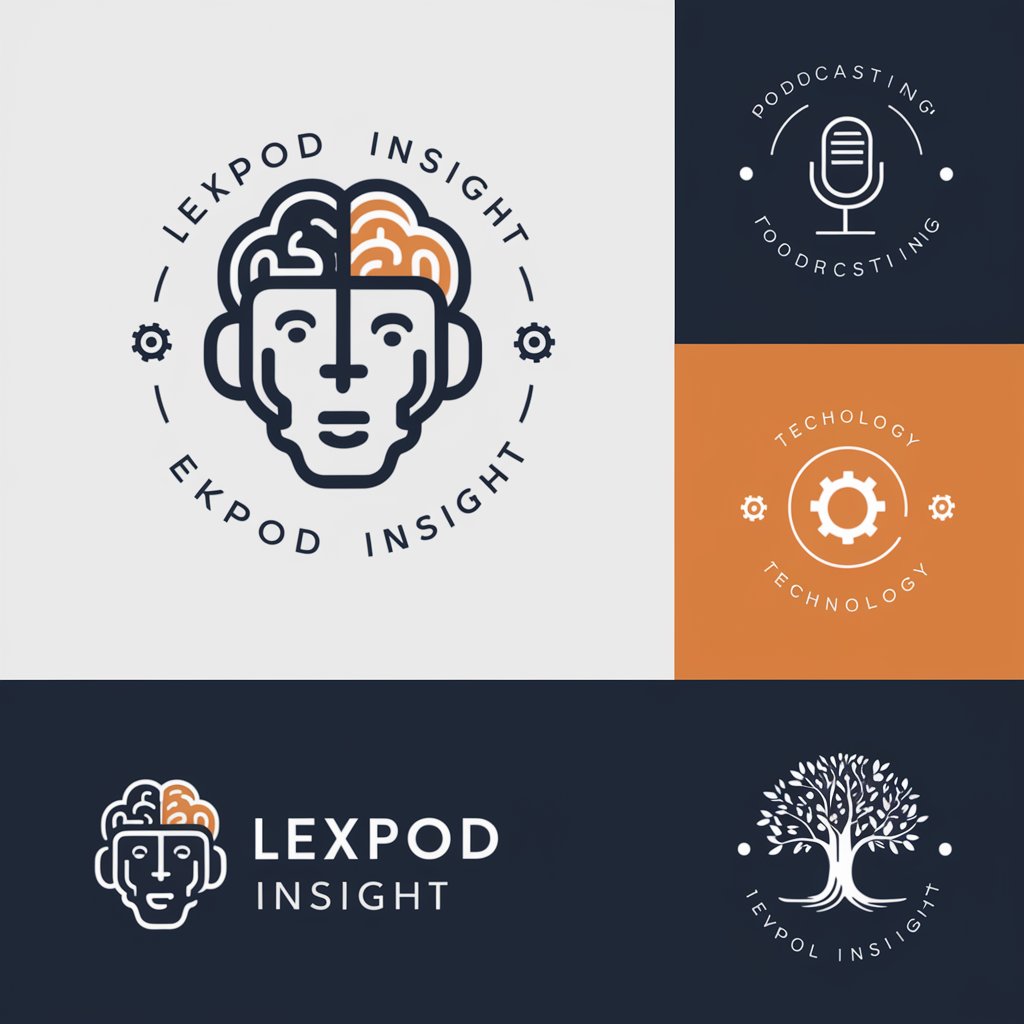
Musings Filosóficos
Empowering Reflections with AI-Powered Philosophy

Music Video Maestro
Craft Your Story, Powered by AI

Financial Auditor
AI-powered financial guidance at your fingertips.

FAQs on Frameworks for Not Screwing It Up
What makes this tool different from other decision-making aids?
This tool integrates decision-making frameworks with social science theories, offering a unique approach that combines structured analysis with deep insights into human behavior and organizational dynamics.
Can Frameworks for Not Screwing It Up help with personal decisions?
Yes, while it's designed for business decisions, the principles and frameworks can be adapted to personal decision-making scenarios, offering structured approaches to complex choices.
How often are new frameworks added?
The tool is regularly updated with new frameworks and theories to reflect the latest research and trends in decision making, ensuring users have access to the most current tools.
Is there support for users unfamiliar with decision-making frameworks?
Absolutely. The tool provides detailed explanations and step-by-step guides for each framework, making it accessible to users at all levels of familiarity with decision-making methodologies.
Can this tool integrate with other business tools or platforms?
While standalone in its functionality, the tool's outputs can be used to inform decisions in conjunction with data from other business tools, enhancing overall strategic planning and execution.

